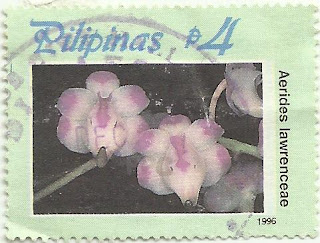Mary Knoll College was established in 1926 when the Archbishop of Manila, then Reverend Michael O’ Doherty, requested the Sisters of the Maryknoll Congregation in New York to initiate a teacher-training program for women in the Philippines. Originally named Malabon Normal School, the school’s first site was a remodeled Augustinian Convent in Malabon, Rizal.
In 1953, the Malabon Normal School moved to the college’s present location in Diliman, Quezon City and was officially renamed Mary Knoll College.
In 1989, after a series of consultations, Maryknoll College was renamed Miriam College.
















